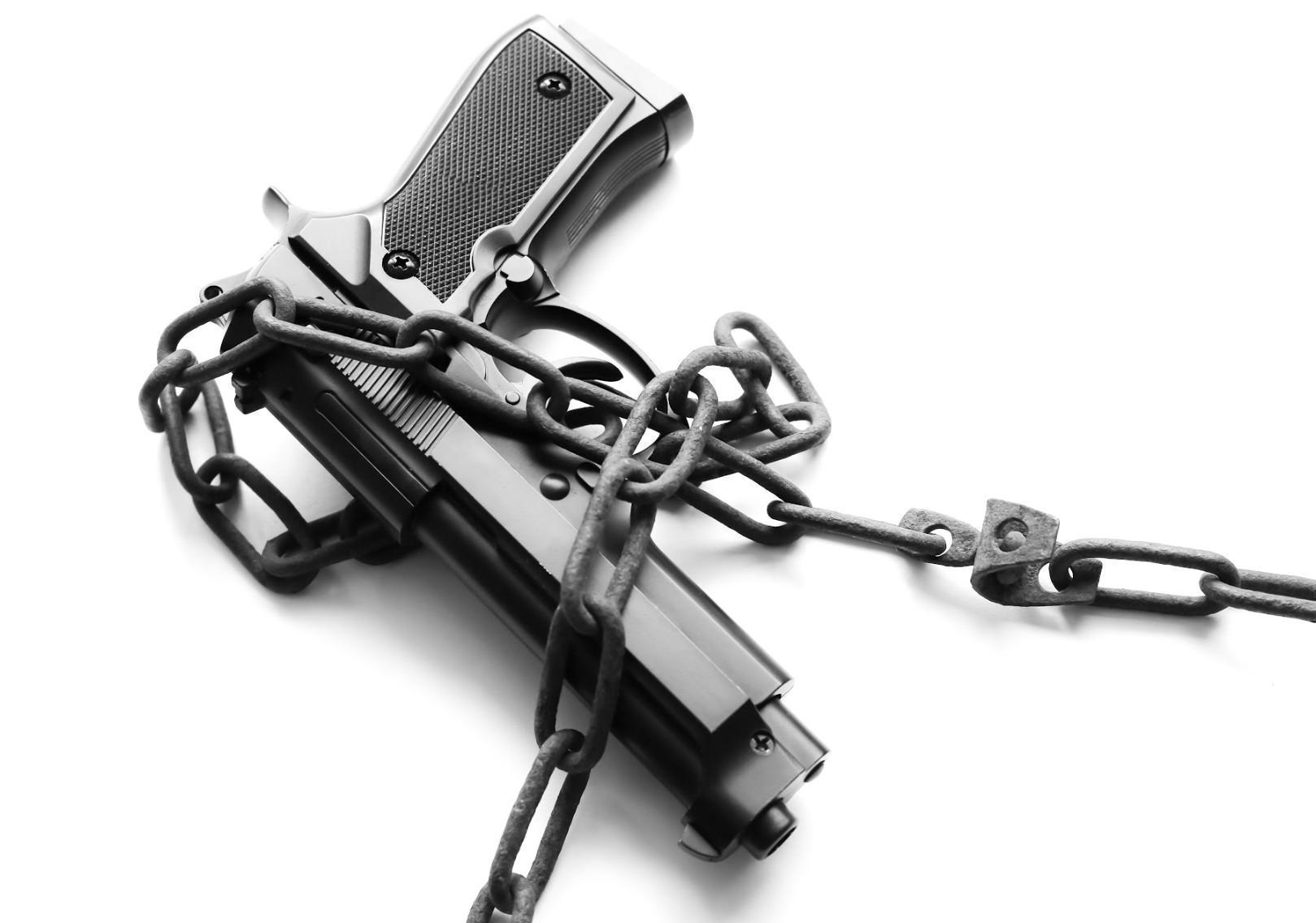

- Ref # CAE00023
- March 29, 2023
Some Safety features of California’s Unsafe Handgun Act violate the Second Amendment
Second Amendment Right to Bear Arms
Some Safety features of California’s Unsafe Handgun Act violate the Second Amendment.
By Robert Phillips, Deputy District Attorney (Ret).
Last year, the United States Supreme Court decided the landmark case decision of New York State Rifle & Pistol Assn., Inc. v. Bruen (June 23, 2022) 597 U.S. ___ [142 S.Ct. 2111; 213 L.Ed.2nd 387], striking down some very restrictive New York gun regulations (none of which are in issue here). In its decision, the High Court set out a required two-step analysis for determining the constitutionality of a state’s gun laws. As noted by the Court, lower courts—when asked to determine the constitutionality of a state gun statute—must first determine whether “the Second Amendment’s plain text covers an individual’s conduct.” If so, then the burden of proof shifts to the government, requiring it to show that the challenged regulation “is consistent with the Nation's historical tradition of firearm regulation.”
In California, the Legislature has imposed a number of impediments to private citizens purchasing new handguns. At issue here are parts of California’s so-called Unsafe Handgun Act (“UHA”), which (among other things) seeks to prevent the accidental discharge of a firearm. Pursuant to the UHA, and effective July 1, 2022, new handguns (or “pistols”) are required to have particular safety features.
First, the UHA requires new handguns to have a “chamber load indicator” (“CLI”), which is a device that indicates whether a handgun is loaded. (Pen. Code §§ 16380, 31910(b)(4)).
Second, the UHA requires new handguns to have a “magazine disconnect mechanism” (“MDM”), which prevents a handgun from being fired if the magazine is not fully inserted. (Pen. Code §§ 16900, 31910(b)(5)).
Third, as of 2013 (and as amended in September, 2020, and effective July 1, 2022), the UHA requires new handguns to have the ability to transfer microscopic characters representing the handgun’s make, model, and serial number onto shell casings when the handgun is fired (Pen. Code § 31910(b)(6).). This feature is commonly referred to as “microstamping.” The problem with this third requirement is that while handgun manufacturers have been willing to comply with the first two requirements, no handgun manufacturer has even attempted to implement the microstamping feature into their new handguns. Per the Court, “there is no handgun available in the world that has all three of these features.”
Even though it’s apparently possible, handgun manufacturers just aren’t bending to California’s will on the microstamping issue. (The costs, perhaps ) As a result, no newly manufactured handguns are available through licensed gun dealers. So if you want a new handgun, you either have to purchase it out of state or on the “secondary market” (e.g., from another private person) where—due to their scarcity—you’ll be paying a premium. (It’s also noted by the way, that the sale of older, usually used handguns that existed prior to the implementation of each of these three required features is “grandfathered in,” leaving the sale of used and older handguns unaffected by the challenged statutes.) Not liking these rules, private parties brought suit in federal court challenging the constitutionality of the requirement that for a new handgun to be sold in gun stores it must have microstamping capability. Federal District Court Judge Cormac J. Carney held just this last March 20 (using the standards as set out in Bruen, and as required in order to obtain a preliminary injunction preventing the enforcement of the state statute in issue) that the microstamping requirement as a precondition to selling a new handgun in California violates the Second Amendment. (Boland v. Bonta (Dist. Ct. Mar. 20, 2023) 2023 U.S. Dist. LEXIS 51031.) The District Court judge’s analysis is long and confusing, talking about a number of related issues. But in addition to striking down the microstamping requirement, the judge also found that the requirements of a “chamber load indicator” (“CLI”) and a “magazine disconnect mechanism” (“MDM”), were also inconsistent “with this Nation’s historical tradition of firearm regulation” (as required by Buren), and that they similarly violate the Second Amendment. So he struck down all three requirements. Judge Carney summarizes his decision as follows:
“Californians have the constitutional right to acquire and use state-of-the-art handguns to protect themselves. They should not be forced to settle for decade-old models of handguns to ensure that they remain safe inside or outside the home. But unfortunately, the UHA’s CLI, MDM, and microstamping requirements do exactly that. Because enforcing those requirements implicates the plain text of the Second Amendment, and the government fails to point to any well-established historical analogues that are consistent with them, those requirements are unconstitutional and their enforcement must be preliminarily enjoined. Accordingly, Plaintiffs’ motion for a preliminary injunction is GRANTED.”
This decision is bound to be tested by the Ninth Circuit, if not the U.S. Supreme Court. In fact, an appeal was filed just four days after this decision was issued. But there’s no indication that it was stayed pending the appeal. So in the meantime, all the three Unsafe Handgun Act requirements at issue here are unenforceable. This means that if buying new handguns is your thing, now is a good time to do it.







